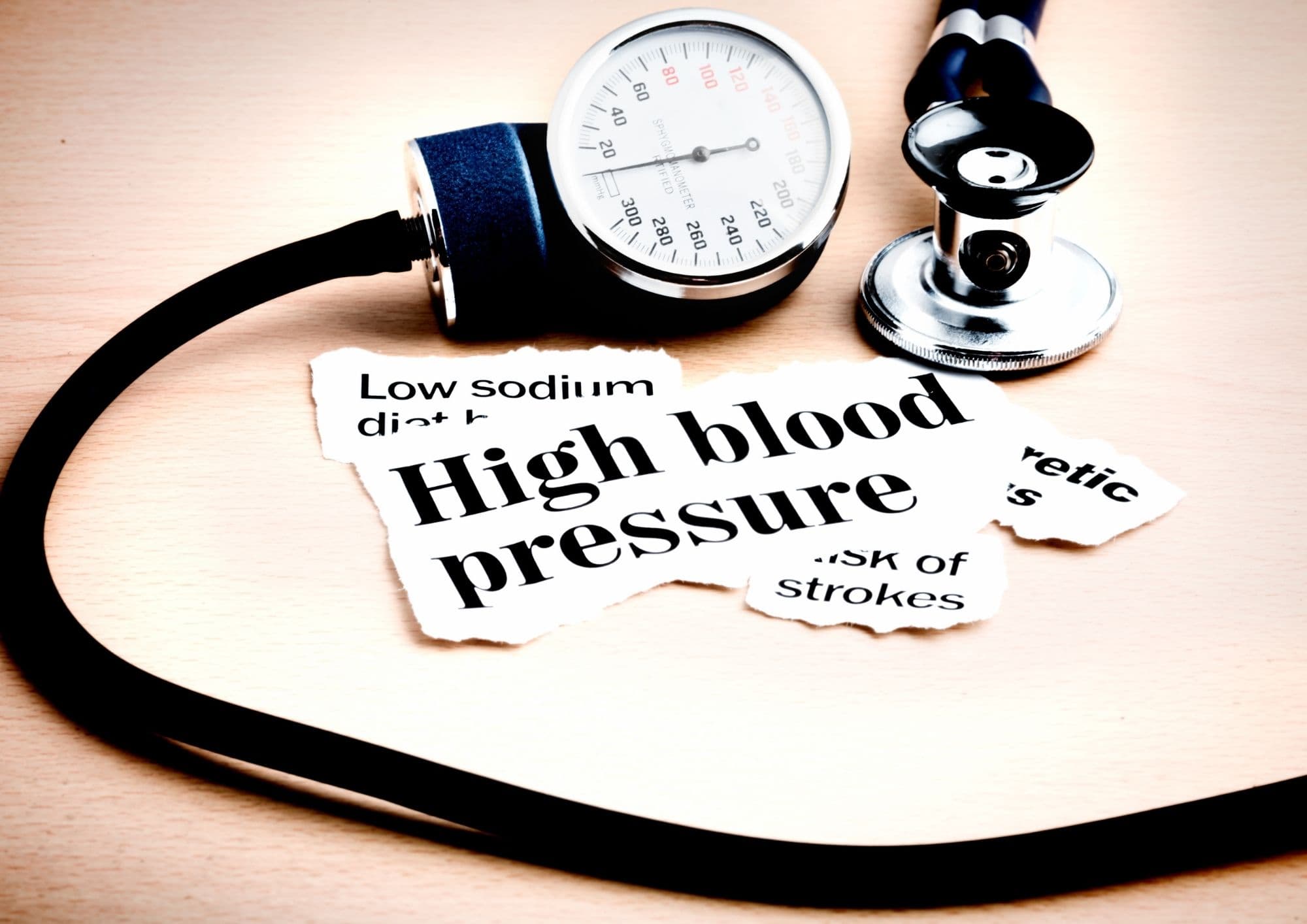According to the World Health Organization (WHO), an estimated 1.28 billion adults between 30 to 79 years old have high blood pressure or hypertension. But high blood pressure is preventable.
A balanced diet with reduced sodium and regular exercise, for example, are foolproof ways to control hypertension.
Ditching sedentary habits at work, like prolonged sitting, can be achieved through standing desks, too. The question is, can standing desk lower blood pressure?
Read the rest of the post to learn the relevance of standing desks to controlling high blood pressure.
Make Office Work Healthier with Standing Desks
Breaking sitting habits is not only good for musculoskeletal disorder (MSD) prevention. It also helps in lowering blood pressure.
A study from the University of Pittsburgh revealed that people who changed from sitting to standing positions at work had lower blood pressure levels.
The same study also stressed that using a standing desk at work might be a sensible means to ease blood pressure. You might need time to get used to this method.
But with practice, it can help stabilise your blood pressure levels and reduce MSD risks. Standing desks also help workers improve their productivity.
Keep reading to discover what makes standing desks an essential part of your workspace.
How Standing Affects Blood Pressure
Blood pressure changes due to several factors. Physical activity and body positioning are two main elements affecting it.
Standing, for instance, causes our blood to gather at the lower body. This action lessens the amount of blood flowing towards the heart, lowering our blood pressure in the process.
Whenever blood pressure drops, specific reflexes within the body transmits a signal to the brain. The brain commands the heart to beat more rapidly to pump more blood. This action, in turn, helps stabilise blood pressure.
But disruptions can happen, causing the blood pressure drop to last longer than usual. This condition signals that a blood circulation delay, also known as orthostatic hypotension, is happening in the brain.
Such delay causes feelings of dizziness and lightheadedness whenever we stand. Some even faint due to this condition.

Orthostatic hypotension also happens due to:
- Hypoglycemia
- Overheating
- Dehydration
- Nervous system diseases
- Endocrine system diseases
- Heart conditions
- Certain medications
On the other hand, prolonged sitting can increase your blood pressure. That is why standing and sitting at work are recommended by many.
If you do not have a standing desk, you can move every so often to offset your sitting hours every workday.
You can refill your water bottle or fix yourself a cup of coffee or tea, go to the printer, walk to the toilet or have lunch outside.
By walking and moving, you get to clear your head, stay active, improve your blood flow and maintain good blood pressure levels.
Is Standing or Sitting Better for Blood Pressure?
Lack of physical activity is one of the most common risk factors for abnormal blood pressure levels. People with desk-bound jobs are at a high risk since they need to be at their desks for hours.
So, if prolonged sitting is harmful due to hypertension risks, how does one prevent it? Is standing desk good for blood pressure?
Advocates of this innovation agree that standing desks can improve your BP levels. These also prevent the onset of MSDs like neck, shoulder and back pain for better work productivity.
Standing desks turn sedentary habits at work into active ones, too. And by moving a lot, we get to avoid other diseases, including diabetes, cardiovascular conditions and even obesity.
Prolonged Standing and Its Negative Effects
Standing is more wholesome compared with sitting. However, it can also be harmful if done in excess. That is why I advocate for alternate sitting and standing at work.
A study from 2018 shows that professionals who need to stand regularly are more vulnerable to cardiovascular disease risks than people with desk jobs.
When blood concentrates on the body’s lower half parts, blood flow to the heart moves against gravity. This tendency forces the heart to work even more.
The heart rate then increases to bring blood circulation back up. In turn, more oxidative stress and pressure accumulate in the veins, heightening the risks for cardiovascular conditions.
And so, the best way to stabilise BP levels then is to alternate between sitting and standing positions at work. This practice guarantees that your body will remain fit and protected from ailments.

How Can a Standing Desk Help Lower Blood Pressure?
Can standing desk lower blood pressure, and how so?
Our shoulder, neck and chest muscles are static while we are seated. The blood vessels in those muscle groups get compressed when we maintain this posture.
Because of this, blood flow to functioning tissues is interrupted.
The inadequate supply of blood to those muscles, in turn, results in tiredness. This condition also causes them to become more susceptible to injury or damage.
But when we stand up even for a few seconds, normal body functions and tasks resume.
These include facilitating the muscles to drive lots of fuel into cells, processing cholesterol, triglycerides and blood glucose, and the like.
Also, I mentioned earlier that blood starts to pool in the lower body when we stand up. This action leads to a drop in BP levels.
It also alerts specific reflexes to the brain, signalling the heart to pump even more. This bodily reaction leads to a decline in blood pressure levels.
Take a Stand Today
Lots of workplaces have adopted standing desks due to their health benefits. This type of desk breaks sedentary habits and even improves productivity at work.
Remember, you need to get used to shifting from sitting to standing positions several times a day with this office furniture. To make the transition simple, start by standing for half an hour per workday. Gradually increase this to an hour a day.
You can also try timing your sit-stand intervals to see which one you prefer the most. If you want, use an alarm to remind you when to sit or stand.
However, if standing makes you tired or sore, take advantage of anti-fatigue mats. These mats encourage users to move their legs frequently for better blood flow and comfort.
Anti-fatigue mats can be soft for extra comfort, while some have designs that stimulate the muscles. These mats are pretty light, too, so it’s easy to move and store.
Remember, before purchasing a standing desk, make sure to consider the nature of your work as there are tasks that require one to be seated for better output.

Conclusion
Studies have explained the harm of physical inactivity at work to everyone’s health, particularly our BP levels. People then ask, is standing desk good for blood pressure?
And based on our discussion, we now know it can. Specifically, it encourages users to shift positions and move more at work, resulting in better blood circulation.
Considering that we spend most of our days at work, changing our sedentary habits can immensely benefit our heart health and well-being.
Informative Q&A
1. Does standing all day increase my blood pressure?
Yes. Prolonged standing is no good since it leads to several health conditions. Apart from getting sore feet, it also places unnecessary oxidative stress on the veins, increasing cardiovascular risks.
Alternating sitting and standing positions for an hour at the least can regulate our blood pressure levels.
2. What to do if you don’t have a standing desk?
If you do not have a standing desk but want to create a healthier workspace, you should move more. Take active breaks every 30 minutes.
You can fix a cup of coffee, go to the toilet, refill your water bottle, take calls standing up or perform simple exercises in your workstation.
You can have lunch outside, park your car farther away from your office or take the stairs instead of the elevator, too.
- 6 Benefits of Using Seat Cushion - February 20, 2024
- 4 Tips to Fix Uncomfortable Chair - February 19, 2024
- How to Position Lumbar Support on Ergonomic Chair - February 15, 2024

